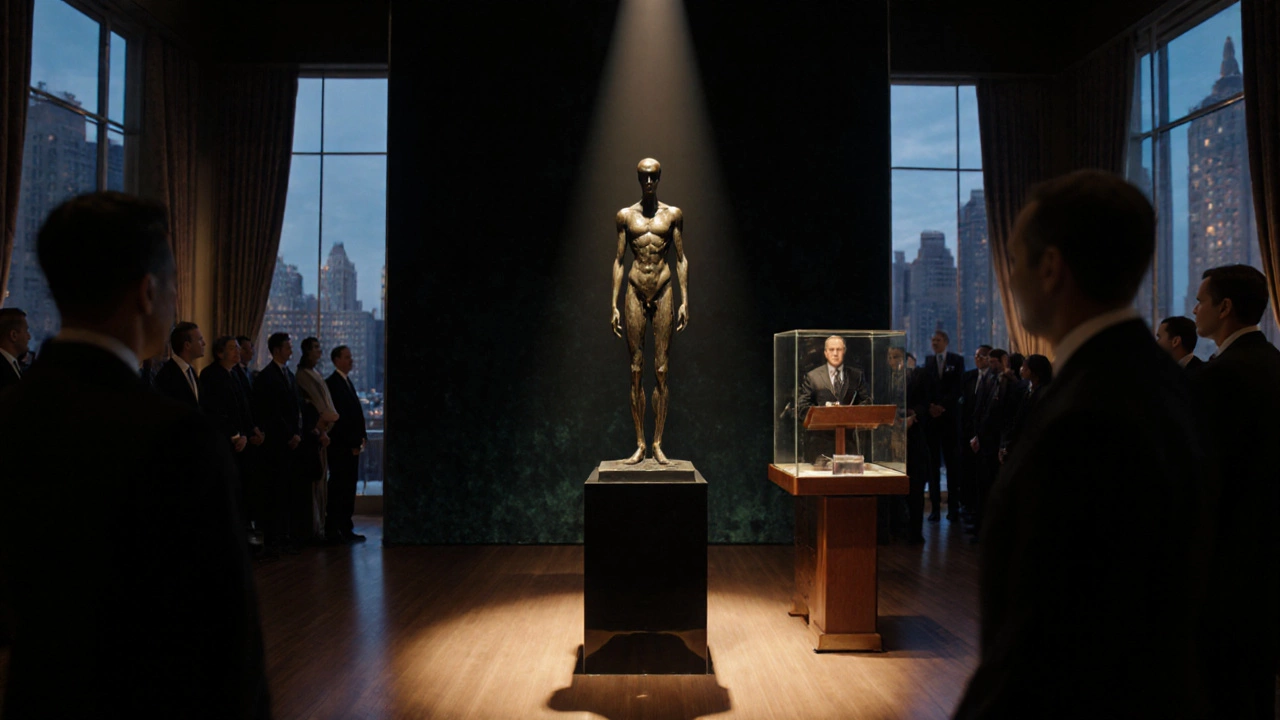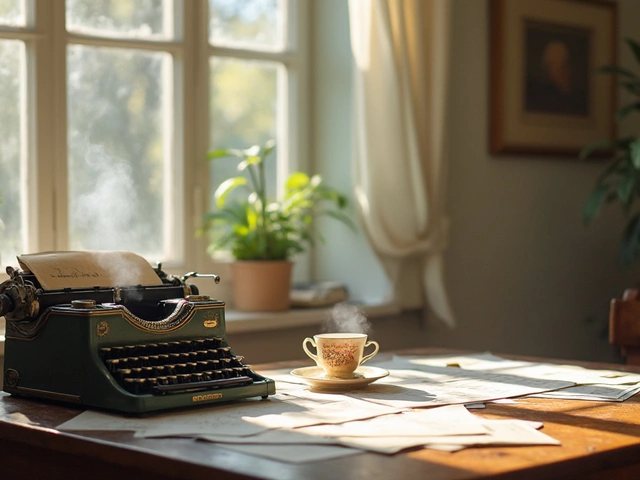Sculpture Auction Records: What They Show and Why They Matter
When diving into sculpture auction records, the compiled data of sales, prices, and buyer trends for three‑dimensional art. Also known as auction results for sculptures, they help collectors, artists, and investors see which pieces move the market and why.
One key related entity is realistic sculptures, figurative works that aim to replicate human or natural forms with high fidelity. These pieces often command higher prices because collectors value the skill and visual impact they deliver. Another important player is the female sculptor, women artists who create three‑dimensional works, increasingly recognized for their unique perspectives. Their rising visibility reshapes auction trends, adding diversity to the market.
We also consider sculpture art, the broader discipline that includes carving, modelling, casting, and assemblage. Understanding the different media—bronze, stone, mixed materials—helps explain price variations across auction houses. Finally, sculpture techniques, the specific processes like lost‑wax casting or direct carving that affect a work’s rarity and condition, are crucial for evaluating durability and resale value.
How These Entities Interact
At a high level, sculpture auction records encompass sales data (subject‑predicate‑object), while realistic sculptures influence those numbers by setting benchmarks for quality. Female sculptors add a fresh narrative, pushing collectors to consider gender equity alongside aesthetic merit. Sculpture art as a whole provides the context—different styles and periods show up in auction catalogs, guiding buying strategies. Meanwhile, sculpture techniques determine a piece’s condition report, which directly impacts its final hammer price.
For a collector curious about investment, notice that works created with labor‑intensive techniques like hand‑carved marble often fetch premiums. That’s because the technique signals scarcity and craftsmanship, two attributes auction houses highlight in their reports. Likewise, spotting a rising female sculptor in recent sales can signal an upcoming market shift, giving early buyers a chance to acquire works before prices soar.
Artists can use these records to gauge where the market rewards innovation. If the data shows a spike in sales for hyperrealistic bronze figures, a sculptor might experiment with that style to meet demand. Conversely, if mixed‑media assemblages are trending down, it might be time to focus on more traditional materials.
In practice, reading auction catalogs becomes easier when you know the key entities. Look for sections titled “Realistic Sculptures” to spot high‑value benchmarks, scan the “Women Artists” segment for emerging talent, and check the “Technique” column for notes on condition and provenance. These pointers let you cut through the noise and focus on the numbers that matter.
Below, you’ll find a curated list of articles that dive deeper into each of these themes—whether you want to understand gendered language in sculpture, learn the differences between realistic and abstract works, or explore how modern techniques affect market prices. Use the insights to sharpen your collecting strategy, improve your own practice, or simply satisfy a curiosity about how three‑dimensional art moves in the world of auctions.
Which Sculpture Holds the Record for Highest Price?
Discover which sculpture holds the record for highest price, the top five most valuable works, why they command such sums, and how to verify a sculpture's worth.
Continue Reading




